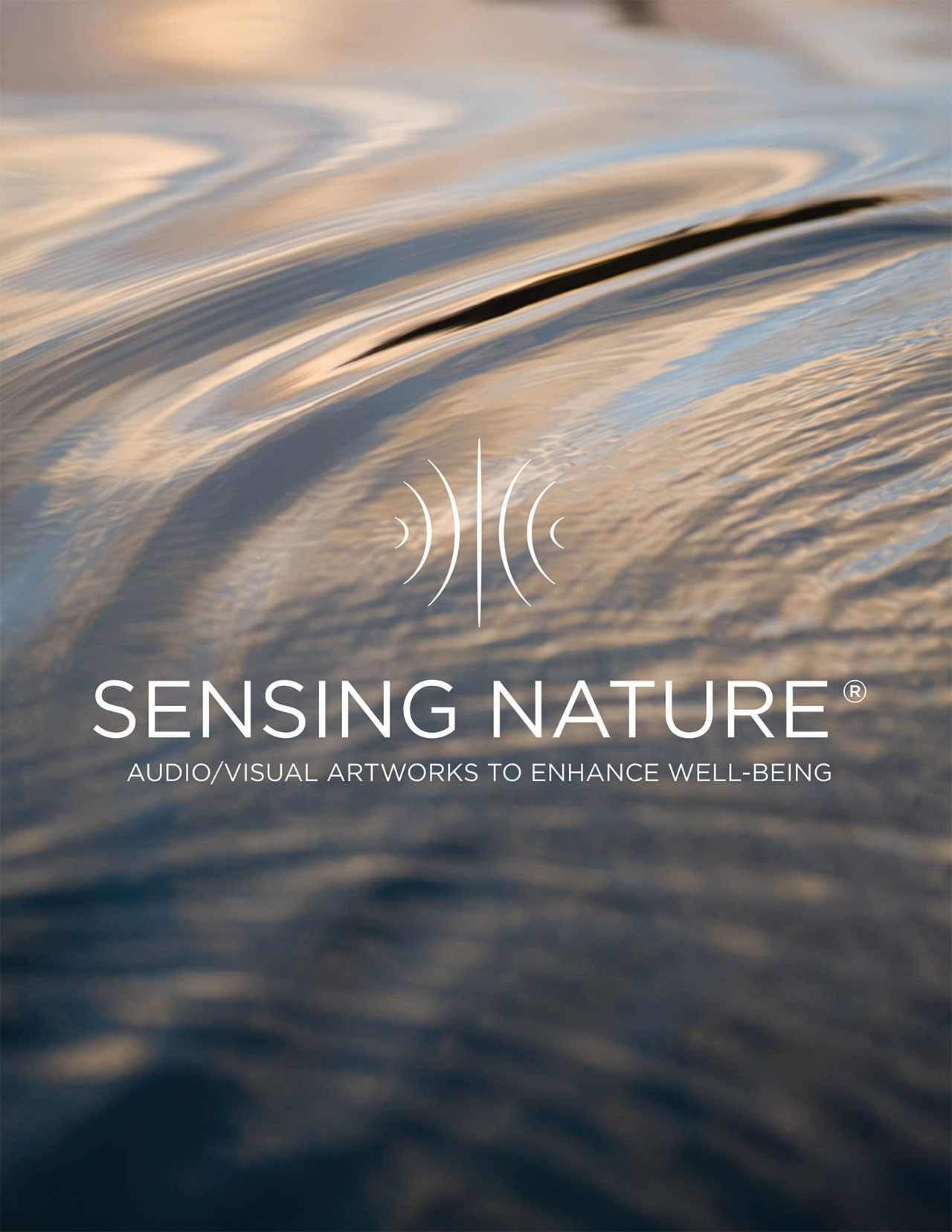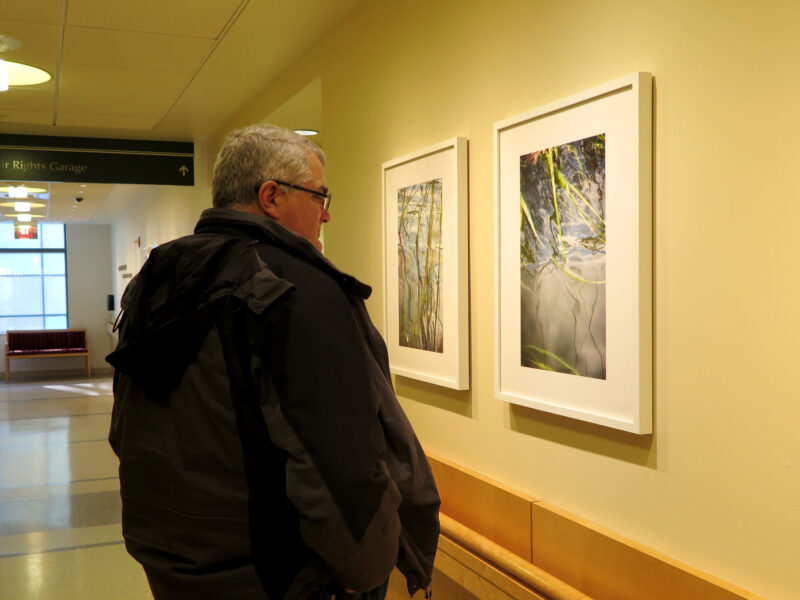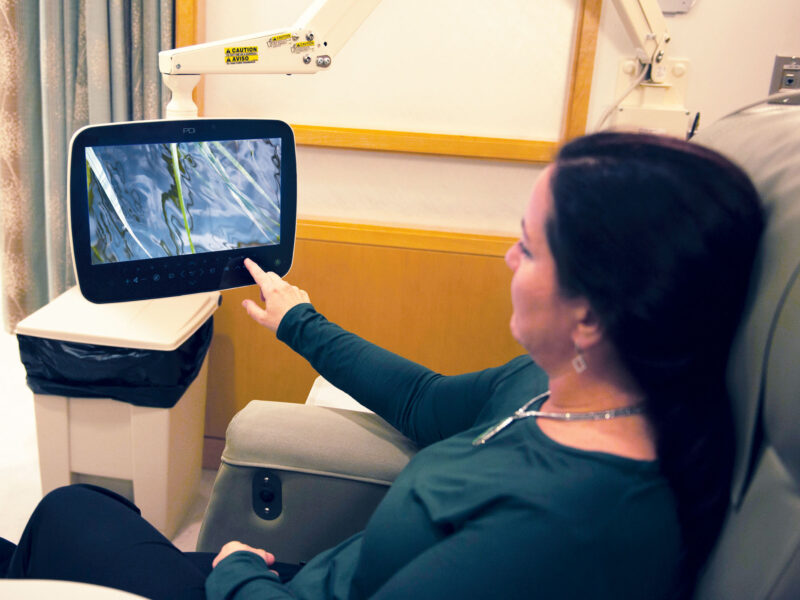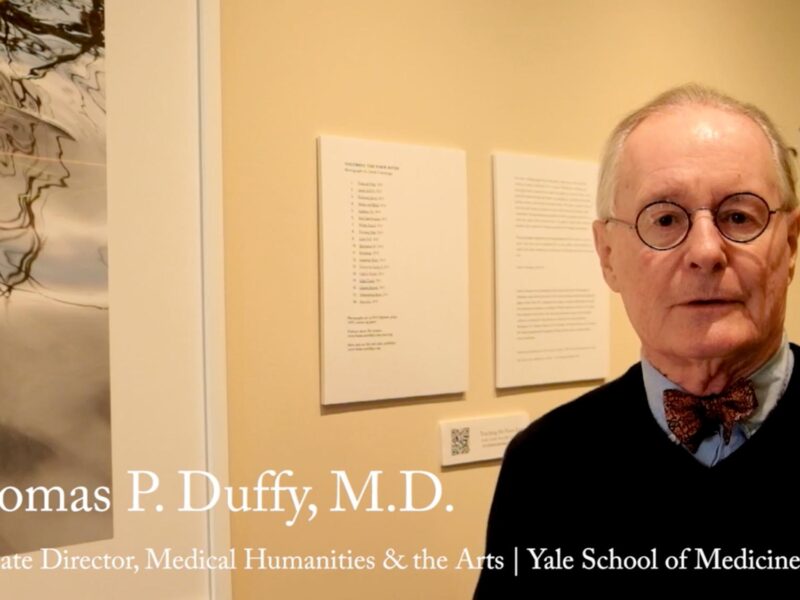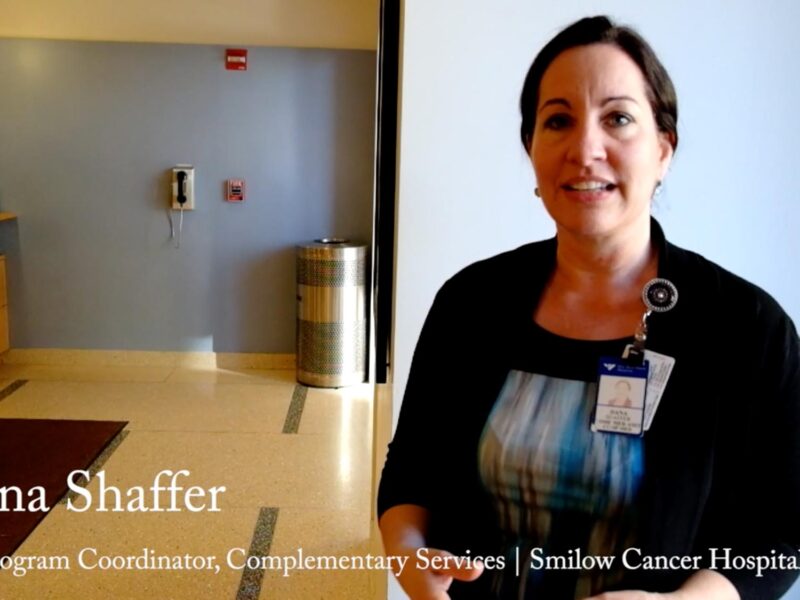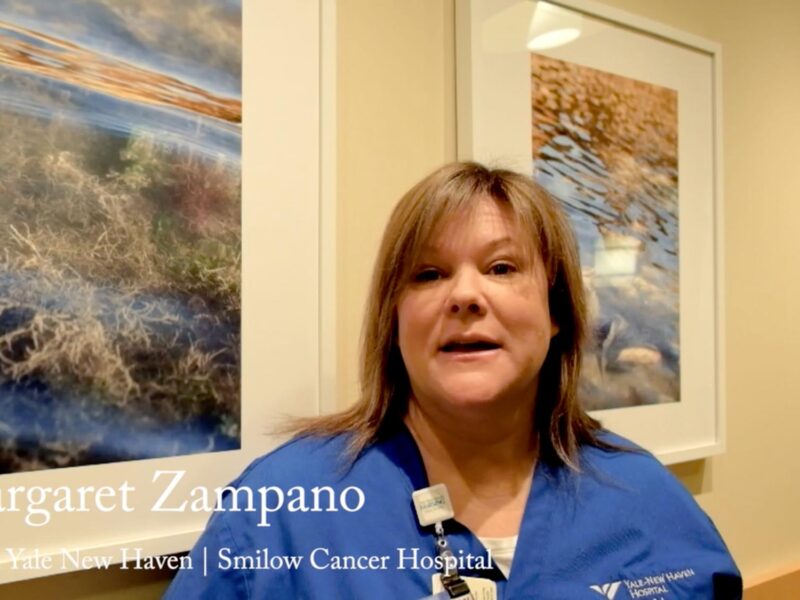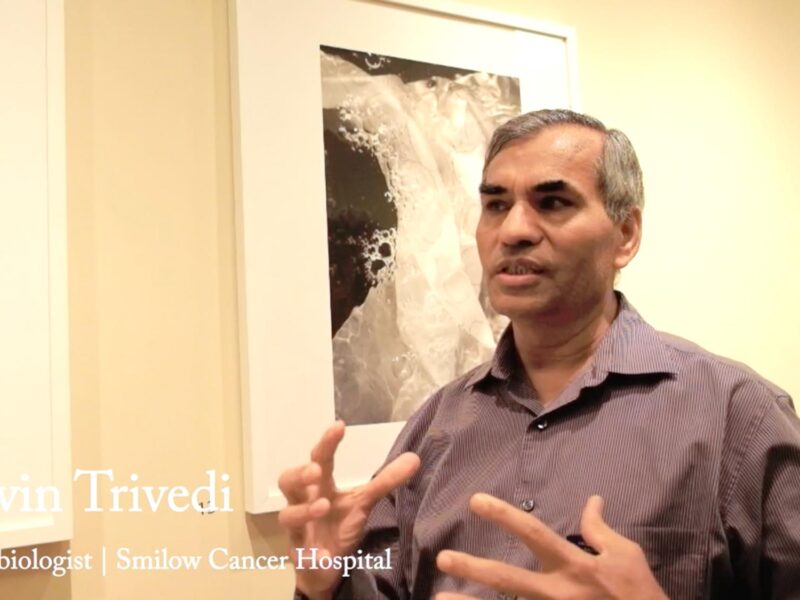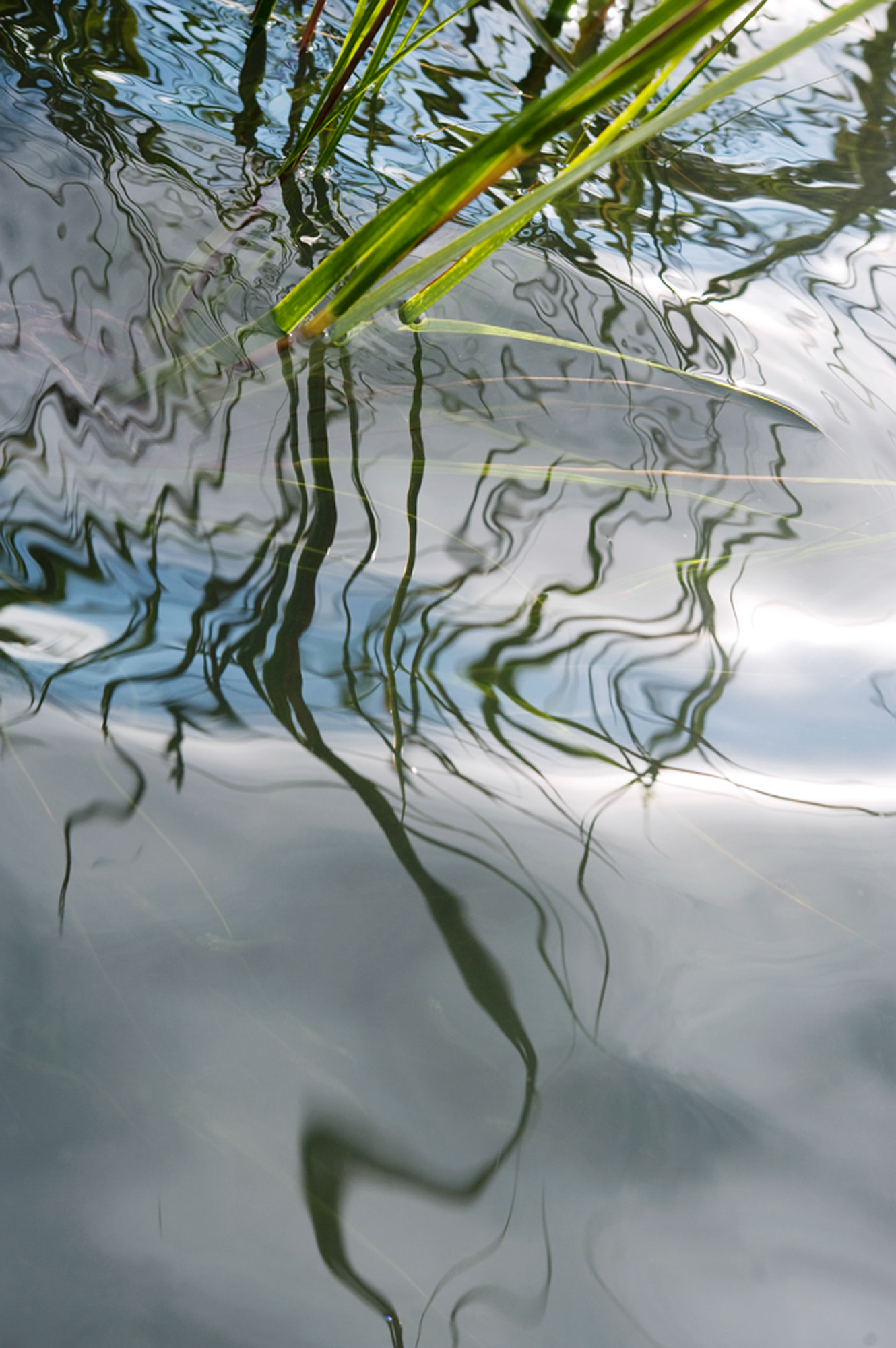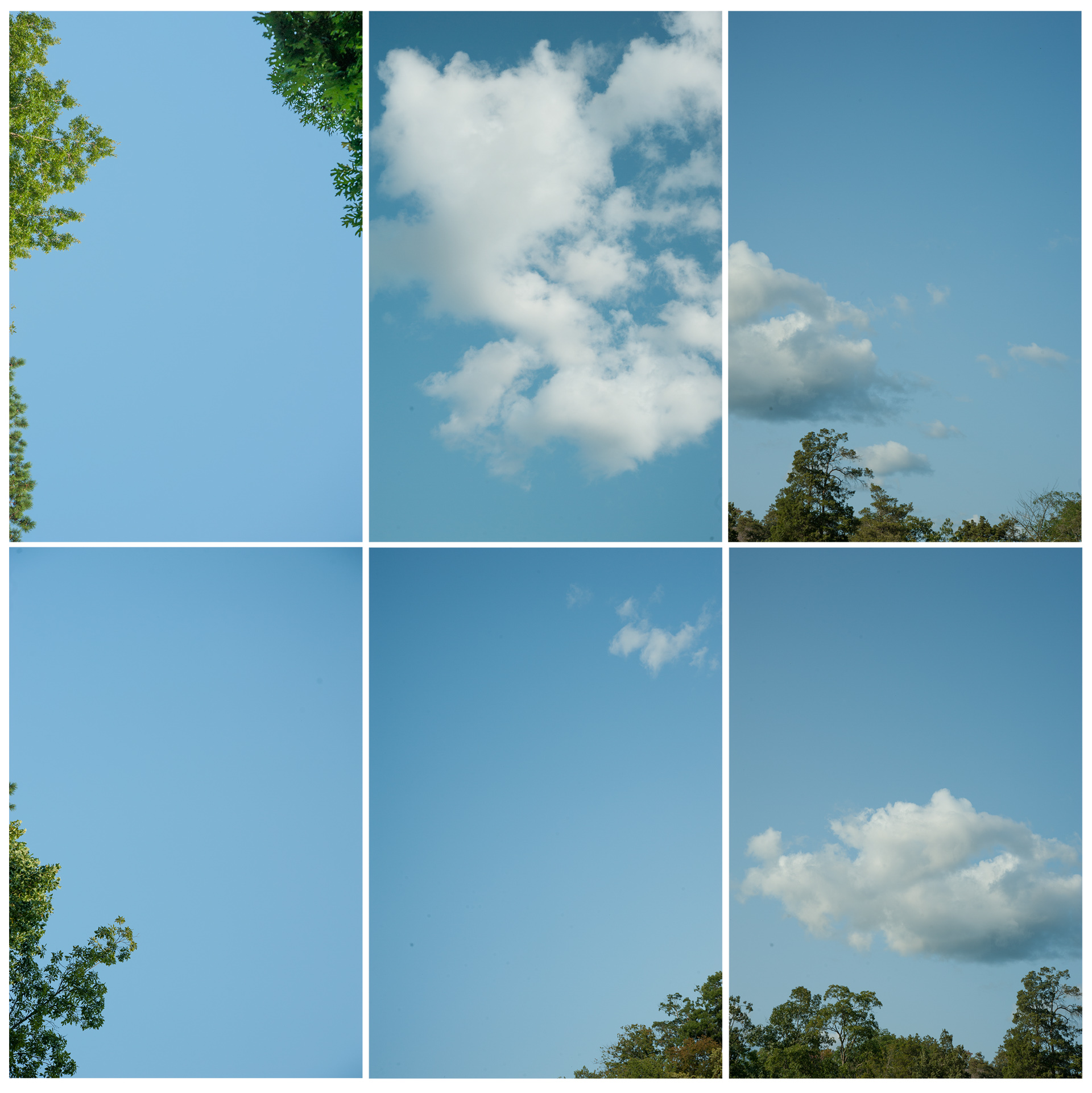Sensing Nature
Nature reawakens our senses and art reinterprets it.
My inspiration for Sensing Nature comes directly from nature – especially the tidal river and ecosystem outside my studio in coastal Connecticut. I am fascinated by a whole new world revealed while kayaking in the estuary. A moving screen of images flows beneath me as fragments of a vast expanse distill upon the surface of the water – flickering and dancing around my tiny boat. These visual discoveries inspired me to imagine and develop new ways to photograph and re-create this experience and share it with others.
The aim of the project is to stimulate the viewer’s imagination through the senses, and ignite a biophilic relaxation response triggered by the artwork’s connection to nature. The late Dr. Stephen R, Kellert, Professor Emeritus at Yale University, championed the biophilia hypothesis, first coined by E.O. Wilson (1984). The term refers to the physical, cognitive, emotional and behavioral benefits that contact with nature provides for the enhancement of well-being and improved treatment outcomes. (1995)
Ever since the now ground-breaking study by Roger Ulrich (1984) in the journal Science, entitled “View through a window may influence recovery from surgery”, many studies have been published corroborating the significant benefit that contact with nature has in patient recovery. When direct contact with nature is not possible, the sight and sound of nature, either through windows or simulations, like photographs of nature and soundscapes, can be quite effective. My feeling is that in order for artwork of nature to be most effective, it needs to be incorporated into hospital settings such that patients can encounter it in meaningful and immersive ways – ingested and metabolized – taken in and felt, like any medicine.
My goal is to facilitate absorption of the artwork, through its presentation, so the spirit of nature – interactions of natural forces like light and water and wind – might come alive in the mind and imagination of the viewer. For me, the intersection of science, arts and health grows from the inherent curiosity and creativity that lives within every person – from the doctor, to the artist, the architects, the patient, staff and all the caregivers in a healing community. Creativity is shared between us because it is fundamentally a natural part of who we are as human beings. Nature reawakens our senses and art reinterprets it.
It is the viewer’s own creative capacity, attention and curiosity that enables the restorative potential the artwork provides. When this moment of connection occurs, like the transmission of a synaptic signal, both a biophilic response and spark of imagination can become activated in the mind. In this split-second sensual awakening lies the dose – a dose of recognition, of something new, or past associations to pleasant memories of nature that opens access to new possibilities in the present.
—Linda Cummings, 2019
Kellert, S. R., & Wilson, E. O. (1995). The biophilia hypothesis. Island Press. p. 94
Ulrich, R. S. (1984). “View through a window may influence recovery from surgery”. Science, 224, 42-421.
Wilson, E. O. (1984). Biophilia. Cambridge: Harvard University Press.
